Just as engineers once compressed some of the power of room-sized mainframes into desktop PCs, so too have Stanford researchers shown how to pack some of the punch delivered by today’s ginormous particle accelerators onto a tiny silicon chip.
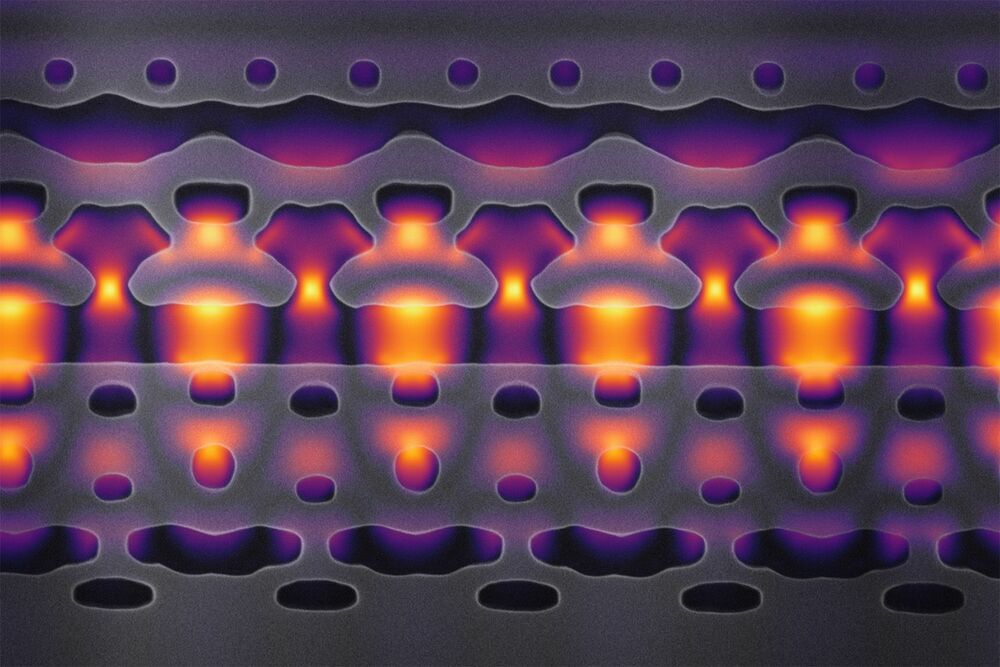

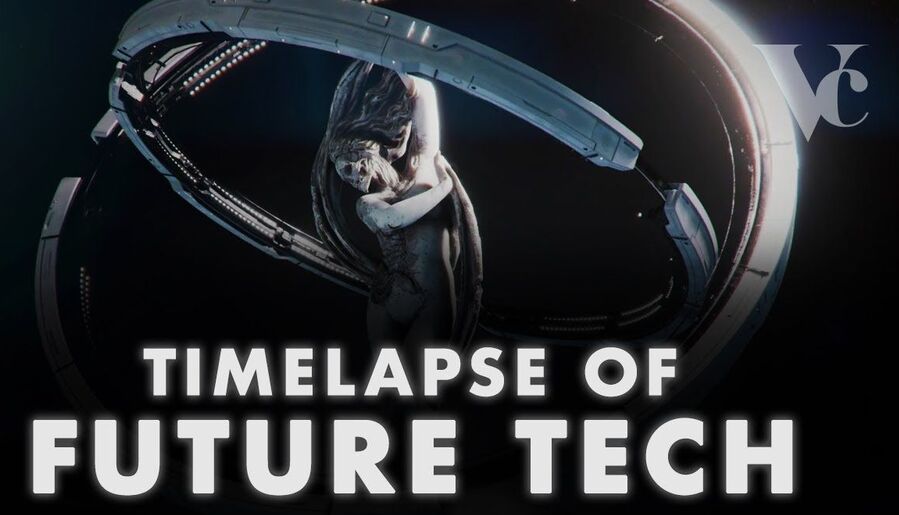
The journey to see future technology starts in 2022, when Elon Musk and SpaceX send the first Starship to Mars — beginning the preparations for the arrival of the first human explorers.
We see the evolution of space exploration, from NASA’s Artemis mission, humans landing on Mars, and the interplanetary internet system going online. To the launch of the Starshot Alpha Centauri program, and quantum computers designing plants that can survive on Mars.
On Earth, tech evolves with quantum computers and Neaulink chips. People begin living with bio-printed organs. Humans record every part of lives from birth. And inner speech recording becomes possible.
And what about predictions further out into the future, when humans become level 2 and level 3 civilizations. When NASA’s warp drive goes live, and Mars declares independence from Earth. Will there be Dyson structures built around stars to capture their energy. Will they help power computers that can take human consciousness and download it into a quantum computer core. Allowing humanity to travel further out into space.
Quotes about the future from: Arthur C. Clarke, Stephen Hawking, Albert Einstein, and Elon Musk.
Additional footage sourced from: NASA, SpaceX.
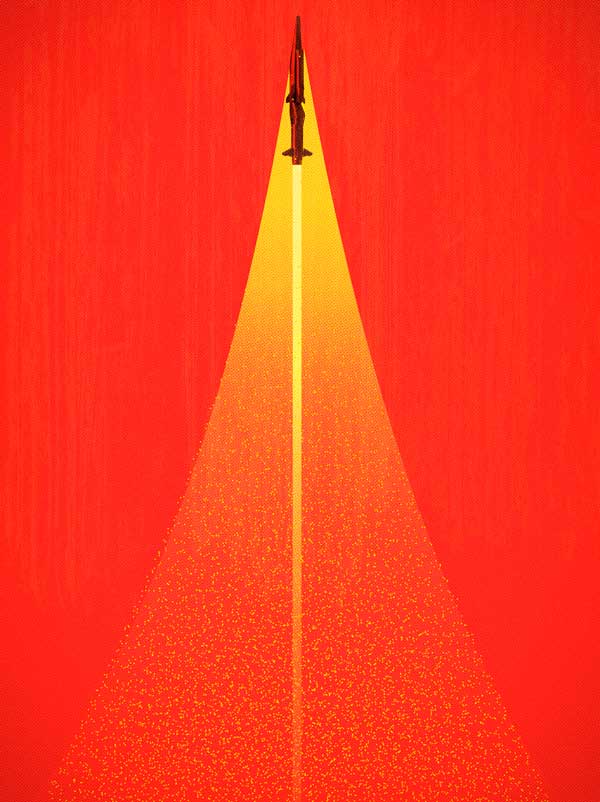
One good reason for the rarity of radical designs is the enormous expense of the research. Engineers can learn only so much by running tests on the ground, using computational fluid-flow models and hypersonic wind tunnels, which themselves cost a pretty penny (and simulate only some limited aspects of hypersonic flight). Engineers really need to fly their creations, and usually when they do, they use up the test vehicle. That makes design iteration very costly.
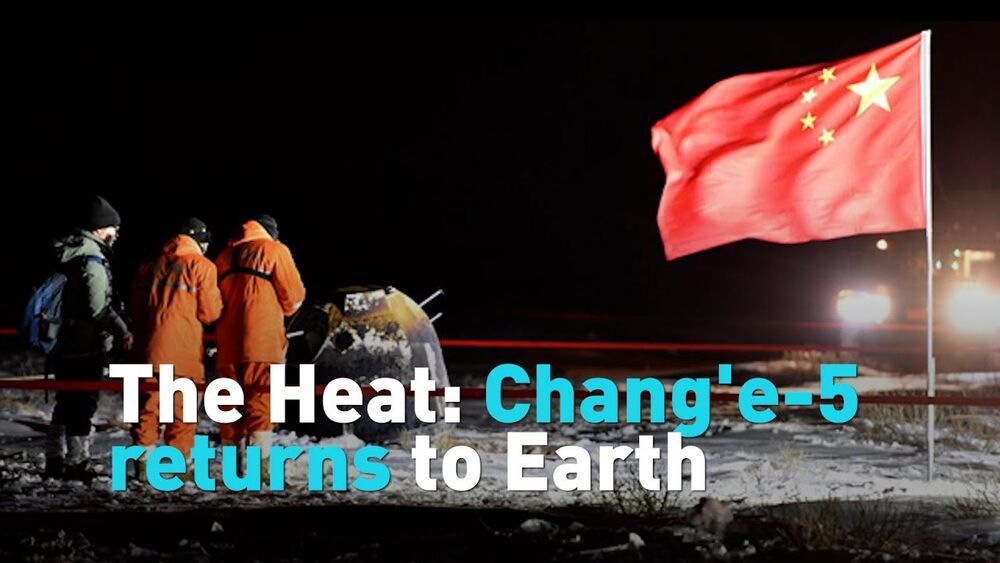
Mission accomplished! A Chinese capsule carrying soil and rock samples collected from the moon returns to earth. The Heat talks to a panel of experts.
Watch CGTN LIVE on your computer, tablet or mobile.
http://america.cgtn.com/livenews.
Follow CGTN America:
Twitter: @cgtnamerica.
Facebook: @cgtnamerica.
Instagram: @cgtnamerica.
TikTok: @cgtnamerica
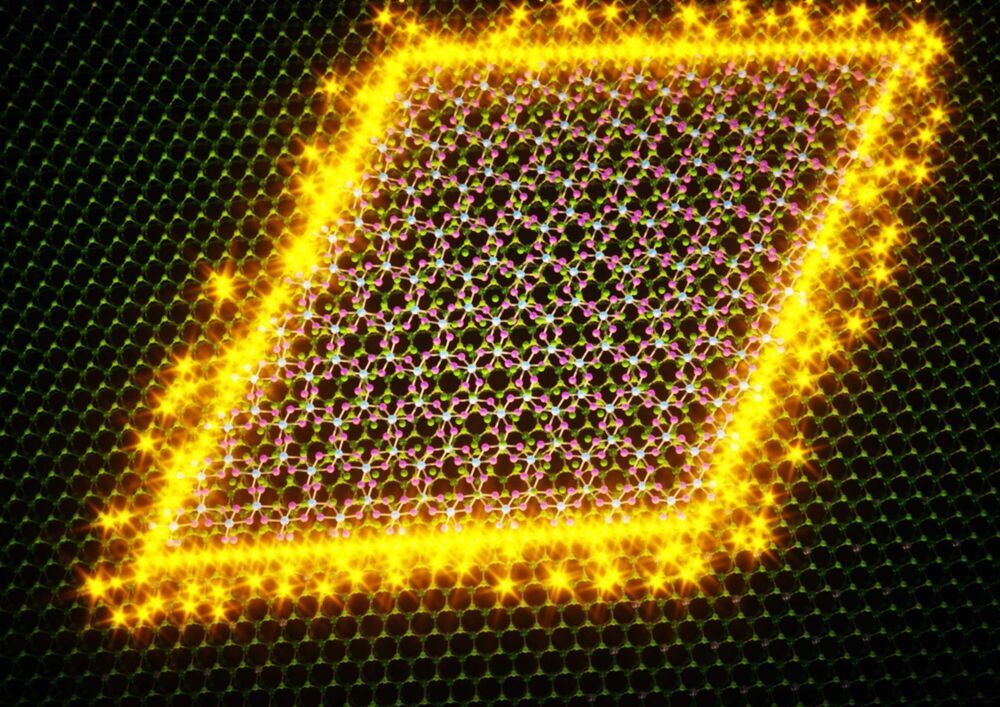
New research, published in Nature, has measured highly sought-after Majorana quantum states. A team of theoretical and experimental physicists have designed a new ultra-thin material that they have used to create elusive quantum states. Called one-dimensional Majorana zero energy modes, these quantum states could have a huge impact for quantum computing.
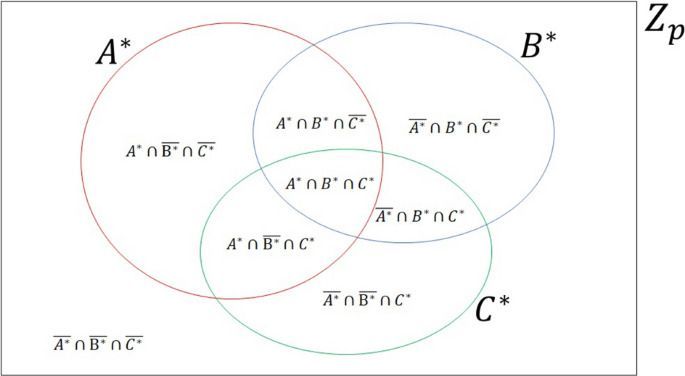
Quantum key distribution is one kind of important cryptographic protocols based on quantum mechanics, in which any outside eavesdropper attempting to obtain the secret key shared by two users will be detected. The successful detection comes from Heisenberg’s uncertainty principle: the measurement of a quantum system, which is required to obtain information of that system, will generally disturb it. The disturbances provide two users with the information that there exists an outside eavesdropper, and they can therefore abort the communication. Nowadays, most people need to share some of their private information for certain services such as products recommendation for online shopping and collaborations between two companies depending on their comm interests. Private Set Intersection Cardinality (PSI-CA) and Private Set Union Cardinality (PSU-CA), which are two primitives in cryptography, involve two or more users who intend to obtain the cardinalities of the intersection and the union of their private sets through the minimum information disclosure of their sets1,2,3.
The definition of Private Set Intersection (PSI), also called Private Matching (PM), was proposed by Freedman4. They employed balanced hashing and homomorphic encryption to design two PSI protocols and also investigated some variants of PSI. In 2012, Cristofaro et al.1 developed several PSI-CA and PSU-CA protocols with linear computation and communication complexity based on the Diffie-Hellman key exchange which blinds the private information. Their protocols were the most efficient compared with the previous classical related ones. There are also other classical PSI-CA or PSU-CA protocols5,6,7,8. Nevertheless, the security of these protocols relies on the unproven difficulty assumptions, such as discrete logarithm, factoring, and quadratic residues assumptions, which will be insecure when quantum computers are available9,10,11.
For the sake of improving the security of PSI-CA protocols for two parties, Shi et al.3 designed a probabilistic protocol where multi-qubit entangled states, complicated oracle operators, and measurements in high N-dimensional Hilbert space were utilized. And the same method in Ref.3 was later used to develop a PSI-CA protocol for multiple parties12. For easy implementation of a protocol, Shi et al.13 leveraged Bell states to construct another protocol for PSI-CA and PSU-CA problems that was more practical than that in Ref.3. In both protocols Ref.3 and Ref.13, only two parties who intend to get the cardinalities of the intersection and the union of their private sets are involved. Although Ref.12 works for multiple parties, it only solves the PSI-CA problem and requires multi-qubit entangled states, complicated oracle operators, and measurements. It then interests us that how we could design a more practical protocol for multiple parties to simultaneously solve PSI-CA and PSU-CA problems. Inspired by Shi et al.’s work, we are thus trying to design a three-party protocol to solve PSI-CA and PSU-CA problems, where every two and three parties can obtain the cardinalities of the intersection and the union of their respective private sets with the aid of a semi-honest third party (TP). TP is semi-honest means that he loyally executes the protocol, makes a note of all the intermediate results, and might desire to take other parties’ private information, but he cannot collude with dishonest parties. We then give a detailed analysis of the presented protocol’s security. Besides, the influence of six typical kinds of Markovian noise on our protocol is also analyzed.
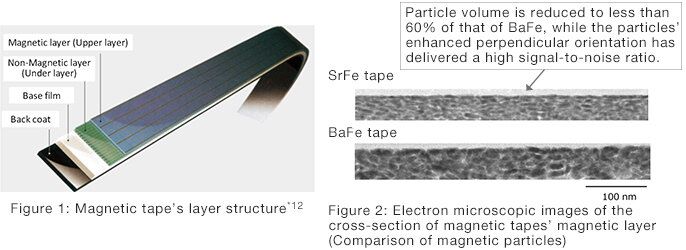
When it comes to magnetic tape storage capacity, smaller is larger. That is, as the magnetic particles that store data become smaller, more data can be stockpiled in the same amount of space.
Two leading tech giants put that simple principle to work and announced Wednesday that they have developed a magnetic tape cartridge boasting the most dense storage capacity of any media in the world. Fujifilm and IBM say research into a new material, strontium ferrite, led to the creation of a tape cartridge capable of storing 580 terabytes of data. That’s enough to store roughly 580 million books, according to an IBM blog post published Wednesday.
Considering there are about only 130 million books in existence today, that’ll leave plenty of room for extras.
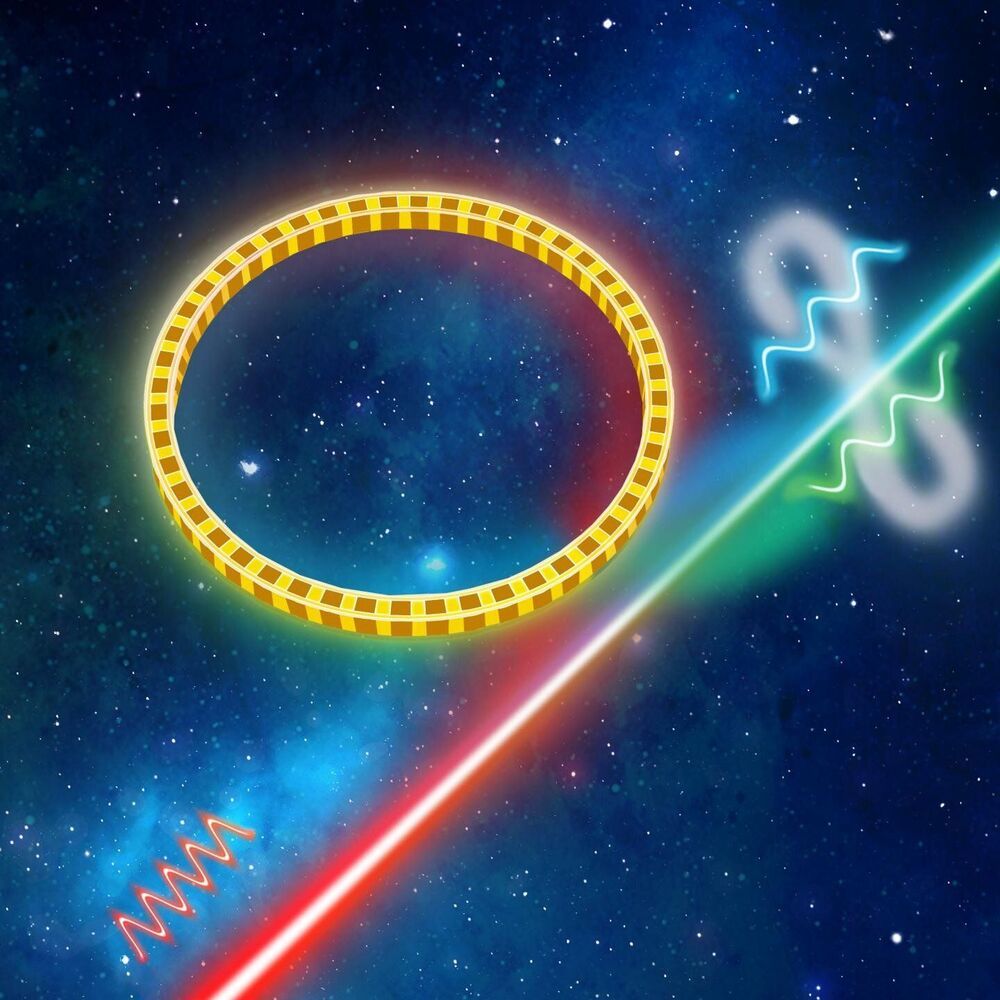
Super-fast quantum computers and communication devices could revolutionize countless aspects of our lives—but first, researchers need a fast, efficient source of the entangled pairs of photons such systems use to transmit and manipulate information. Researchers at Stevens Institute of Technology have done just that, not only creating a chip-based photon source 100 times more efficient that previously possible, but bringing massive quantum device integration within reach.
“It’s long been suspected that this was possible in theory, but we’re the first to show it in practice,” said Yuping Huang, Gallagher associate professor of physics and director of the Center for Quantum Science and Engineering.
To create photon pairs, researchers trap light in carefully sculpted nanoscale microcavities; as light circulates in the cavity, its photons resonate and split into entangled pairs. But there’s a catch: at present, such systems are extremely inefficient, requiring a torrent of incoming laser light comprising hundreds of millions of photons before a single entangled photon pair will grudgingly drip out at the other end.

University of Copenhagen researchers have advanced their quantum technology to such a degree that classical computing technology can no longer keep up. They have developed a chip that, with financial backing, could be scaled up and used to build the quantum simulator of the future. Their results are now published in Science Advances.
First came Google. Now, researchers at the University of Copenhagen’s Niels Bohr Institute in collaboration with University of Bochum have joined Google in the race to build the world’s first quantum computer with what they are calling a “major breakthrough.”
“We now possess the tool that makes it possible to build a quantum simulator that can outperform a classical computer. This is a major breakthrough and the first step into uncharted territory in the world of quantum physics,” asserts Professor Peter Lodahl, Director of the Center for Hybrid Quantum Networks (Hy-Q).

The first step is to understand qubits and superposition. The next one is to get a handle on the business advantage that this technology represents.
If “figure out quantum computing” is still in your future file, it’s time to update your timeline. The industry is nearing the end of the early adopter phase, according to one expert, and the time is now to get up to speed.
Denise Ruffner, the vice president of business development at IonQ, said that quantum computing is evolving much faster than many people realize.